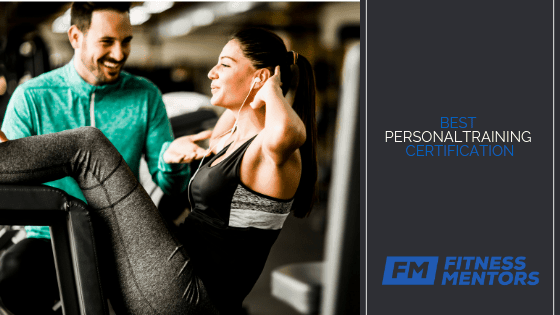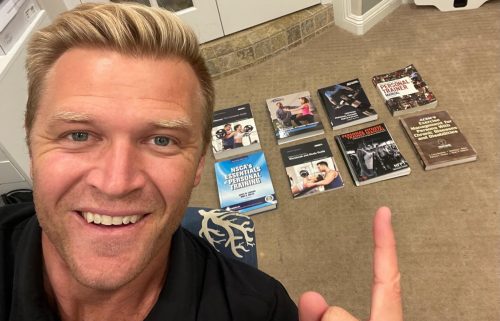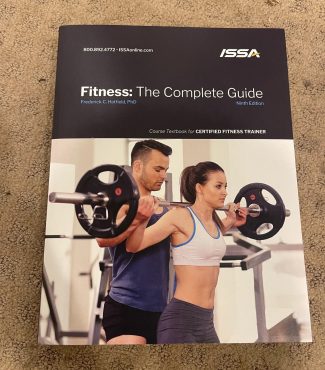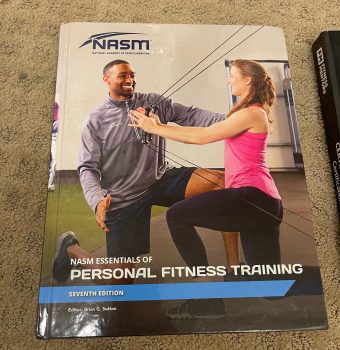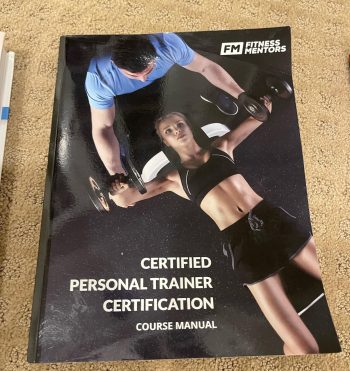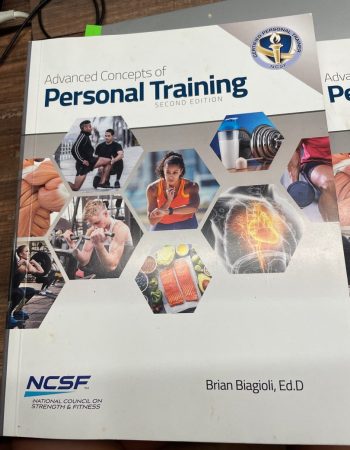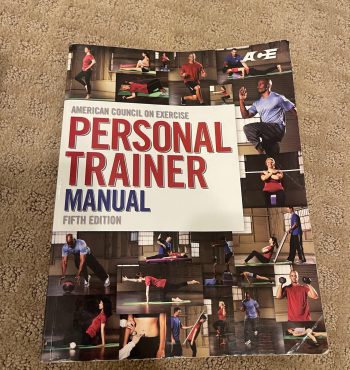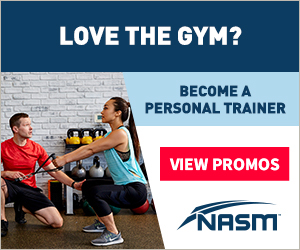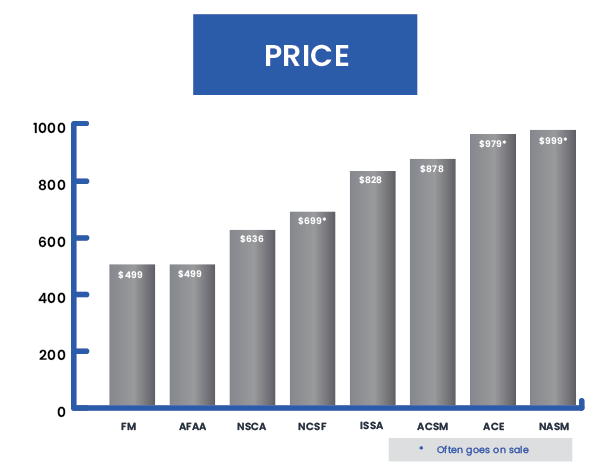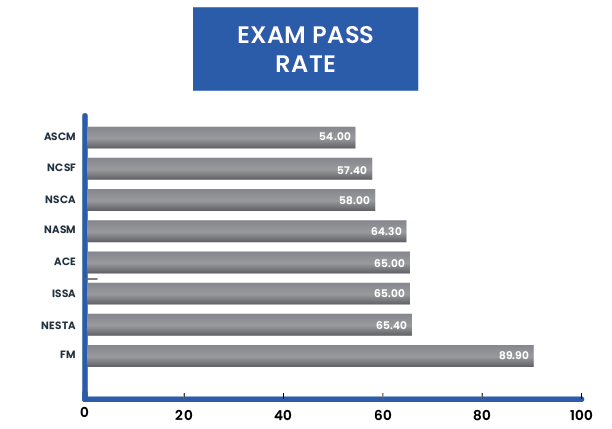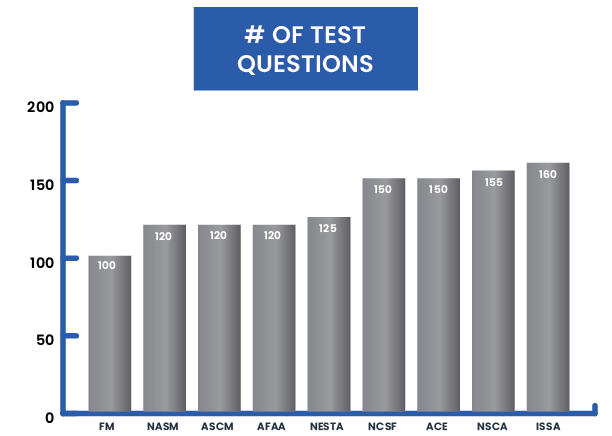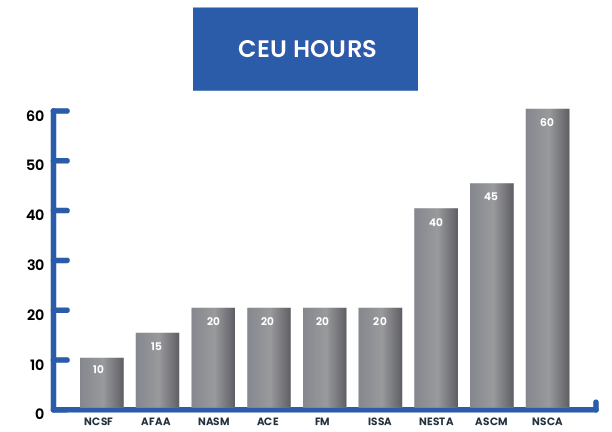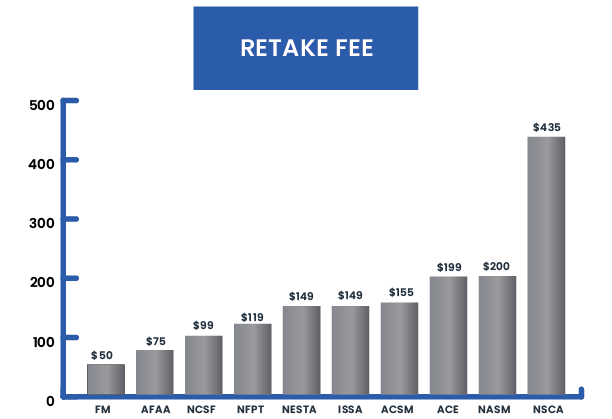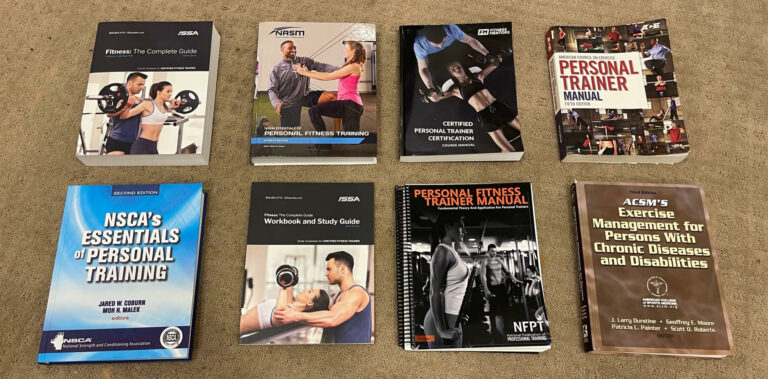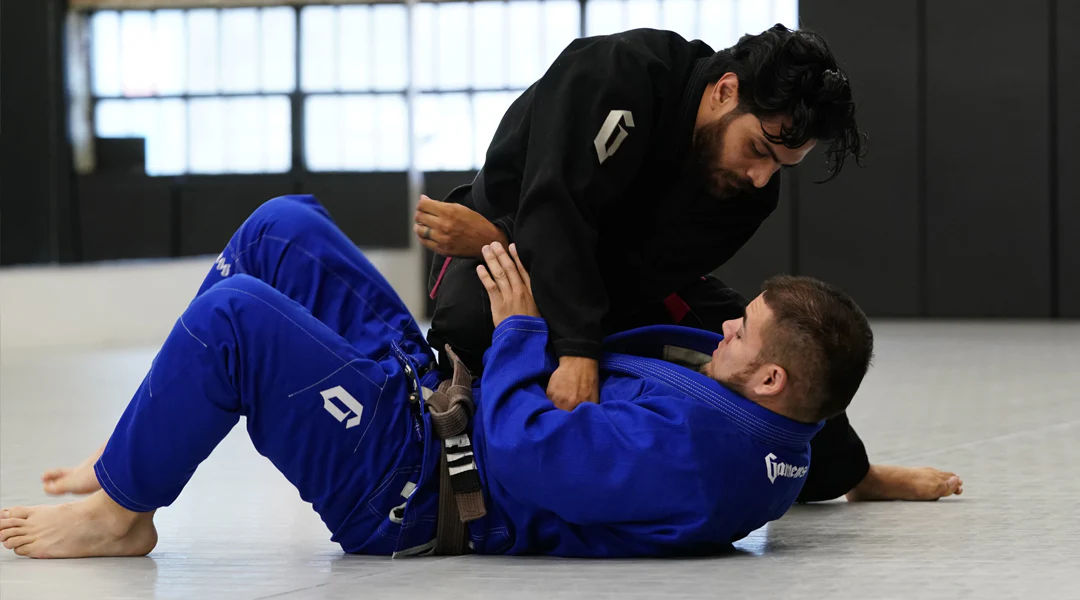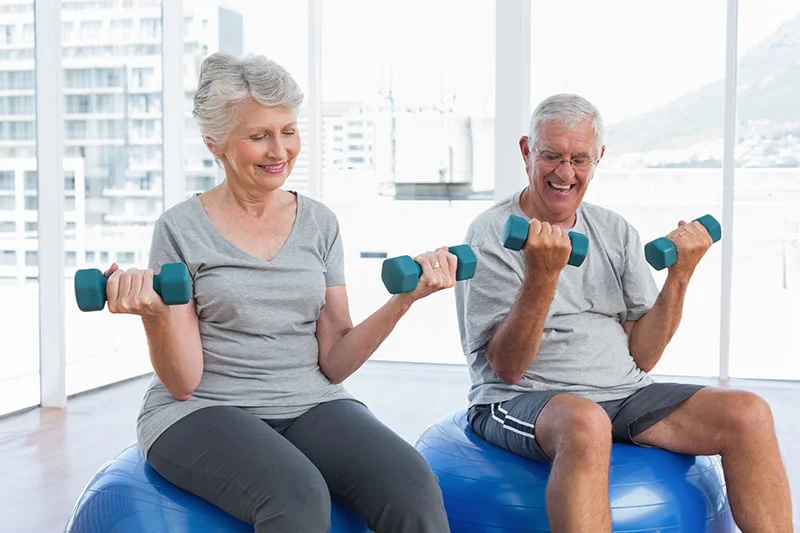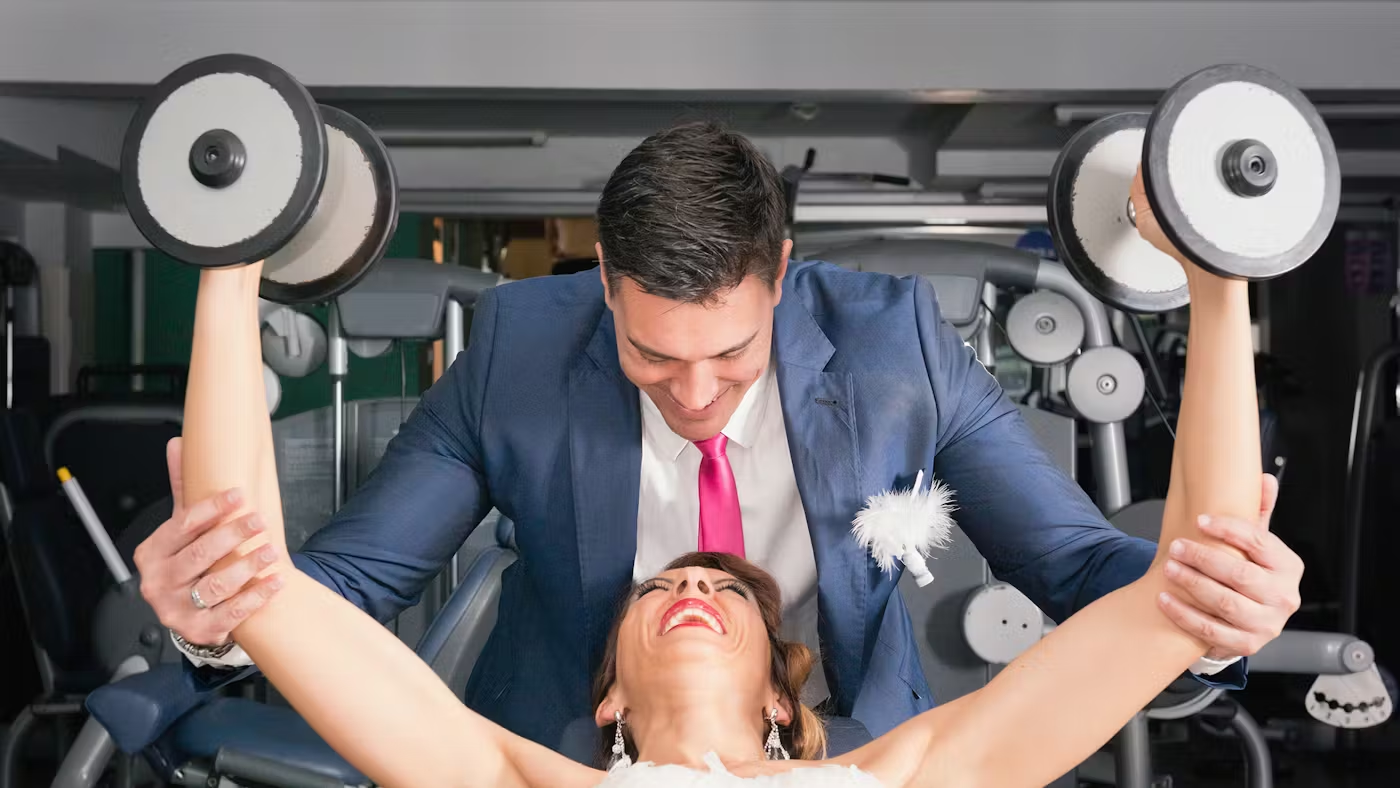California is a state of opportunity—with its rich culture, diverse population, and a climate that promotes healthy living. But like much of the nation, California is facing a major demographic shift: by 2040, its older adult population is expected to increase by 59%, creating new challenges—and opportunities—in healthcare and wellness.
This explosive growth isn’t just significant for home care providers. It also opens the door for health coaches and personal trainers to form strategic partnerships with home care businesses to offer holistic care that enhances both physical and emotional well-being for older adults.
Here’s how wellness professionals can align their services with home care providers to grow their impact and income.
Research Regional Demand and Identify Partnership Potential
Not all regions in California are aging at the same pace. Smart home care businesses are already doing the research to identify where demand is highest—but so should wellness professionals. If you understand where the aging population is growing fastest, you can align your services with home care providers in those areas.
How to get started:
Research counties with large or growing senior populations
Reach out to local home care agencies to learn about their services and see where you can fill in gaps—mobility training, fall prevention, nutrition support, or stress management
Understand Licensing and Insurance (Even If You’re a Partner)
Home care businesses must hold a Home Care Organization license and carry specific homecare insurance in California. As a partner, you don’t necessarily need these licenses yourself, but you do need to understand their legal environment and ensure your own professional liability insurance aligns with your services.
Why this matters:
- Home care providers will be more willing to partner if you’re professionally insured
- You’ll be protected and positioned as a reliable, professional extension of their services
- This builds trust with clients and families—especially when dealing with older or medically vulnerable populations
Create a Partnership-Focused Business Plan
If you’re a health coach or personal trainer looking to serve older adults, your business plan should include a section dedicated to partnerships with home care providers. These businesses often seek value-added services that improve client outcomes and help them stand out in a competitive industry.
Ideas for collaborative offerings:
- In-home fitness assessments and mobility programs
- Weekly wellness check-ins via video
- Nutrition guidance aligned with medical conditions
- Joint care plans between caregivers and wellness professionals
This approach helps both parties grow their client base and improve outcomes.
Secure Funding Through Strategic Collaboration
Most health coaches and trainers don’t seek traditional investment—but partnering with a funded home care organization gives you access to clients and infrastructure without the upfront costs of building your own network from scratch.
Pro tip:
Show your value to home care providers through data—fall reduction rates, client testimonials, or case studies of improved mobility and energy. If you help them reduce hospital readmissions or boost satisfaction scores, they’ll want you on their team.
Provide Professional, Certified Services
Home care providers are required to hire certified caregivers. Similarly, your certifications (e.g., CPT, CNC, NBC-HWC) matter. Being credentialed not only builds trust with home care partners—it may also be required for insurance or liability reasons.
Next steps:
- Make sure your certifications are current
- Consider additional aging or functional training certifications (e.g., balance, fall prevention, senior fitness specialist)
- Train in communication and collaboration so you can integrate smoothly with care teams
- Stay Compliant with State Regulations
Even as a contractor or partner, you must understand the legal framework of California’s Home Care Services Consumer Protection Act. This helps you navigate ethical, privacy, and safety expectations when working with homebound or vulnerable adults.
Best practices:
- Keep client data secure
- Avoid offering any medical advice unless credentialed to do so
- Align your services with those of the home care business to avoid duplication or conflict
- Build a Client Base Through Strategic Networking
Home care agencies already have access to a network of clients, caregivers, families, and healthcare professionals. As a wellness partner, you benefit from that trust and visibility—while bringing added value to their service portfolio.
How to grow through partnerships:
- Co-host workshops on senior health and wellness
- Develop packages that agencies can offer to their clients
- Ask for referrals in exchange for offering wellness education or added service hours
Final Thought
The senior care landscape in California is expanding rapidly—and it needs more than just medical support. It needs movement experts, nutrition coaches, and lifestyle mentors who can help older adults live stronger, longer, and more vibrant lives. By partnering with home care businesses, personal trainers and health coaches can play a vital role in that mission—while building sustainable, scalable businesses of their own.
Would you like help creating a pitch deck, email script, or service package to approach local home care companies? Let’s make your next partnership your most profitable yet.




